Trauma-Informed Care: A Podcast with Mariah Robertson, Kate Duchowny, and Ashwin Kotwal
GeriPal
FEBRUARY 20, 2025
And I think that I love this paper you wrote because the audience or the patients that you focused on in the last four years in particular also in a Venn diagram, like many of the same patients I care for in home based primary care. And also of course this, the psychosocial support we can, can give. Ashwin 23:46 Yeah.

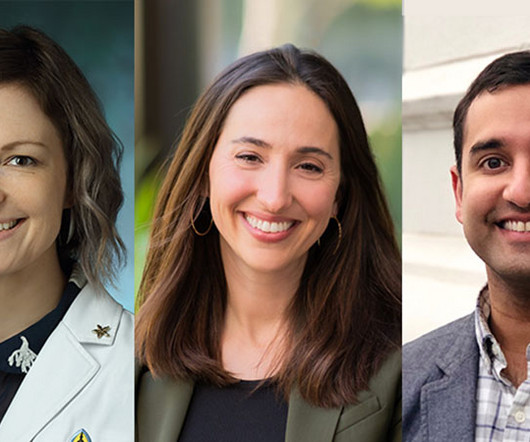
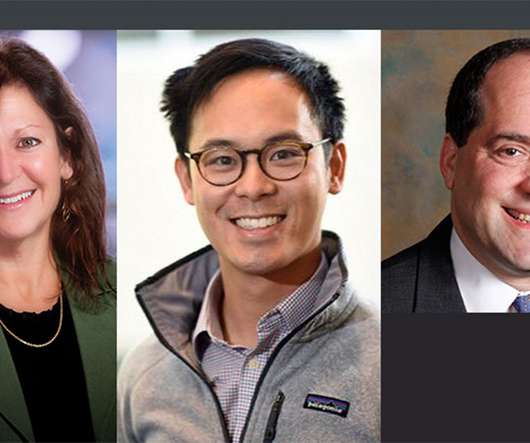
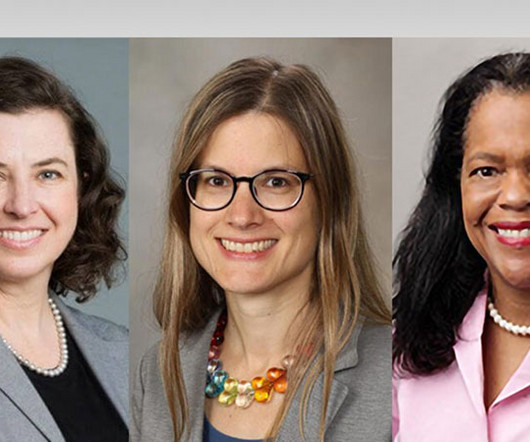
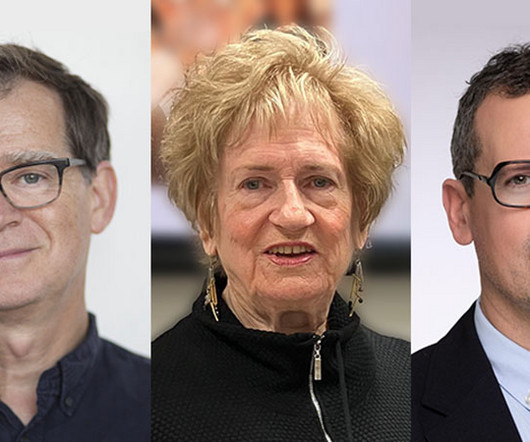
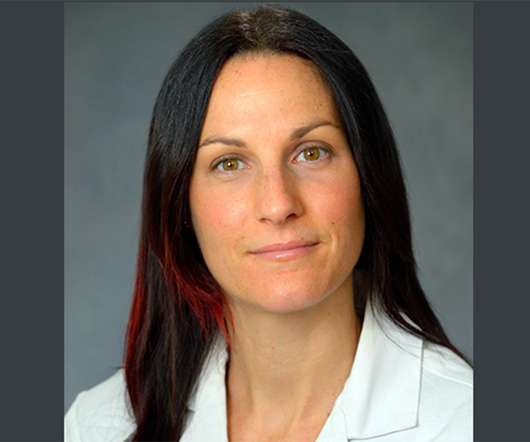
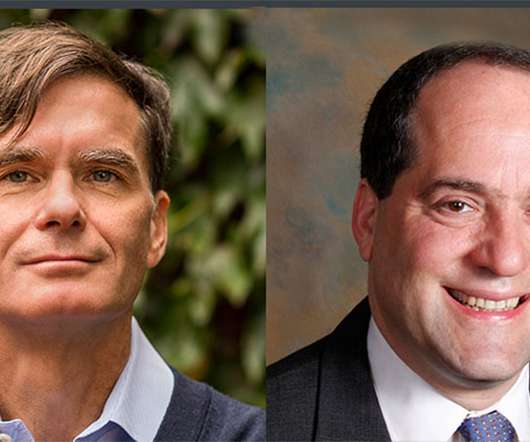
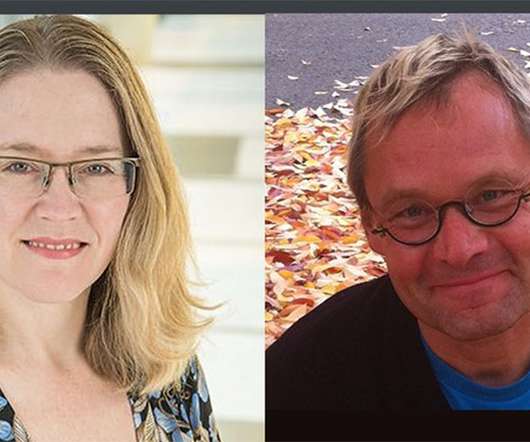
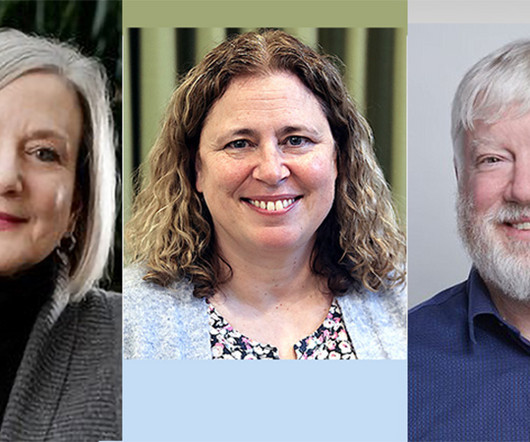
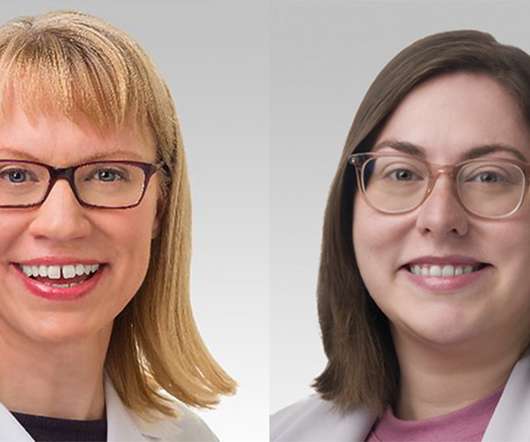






Let's personalize your content